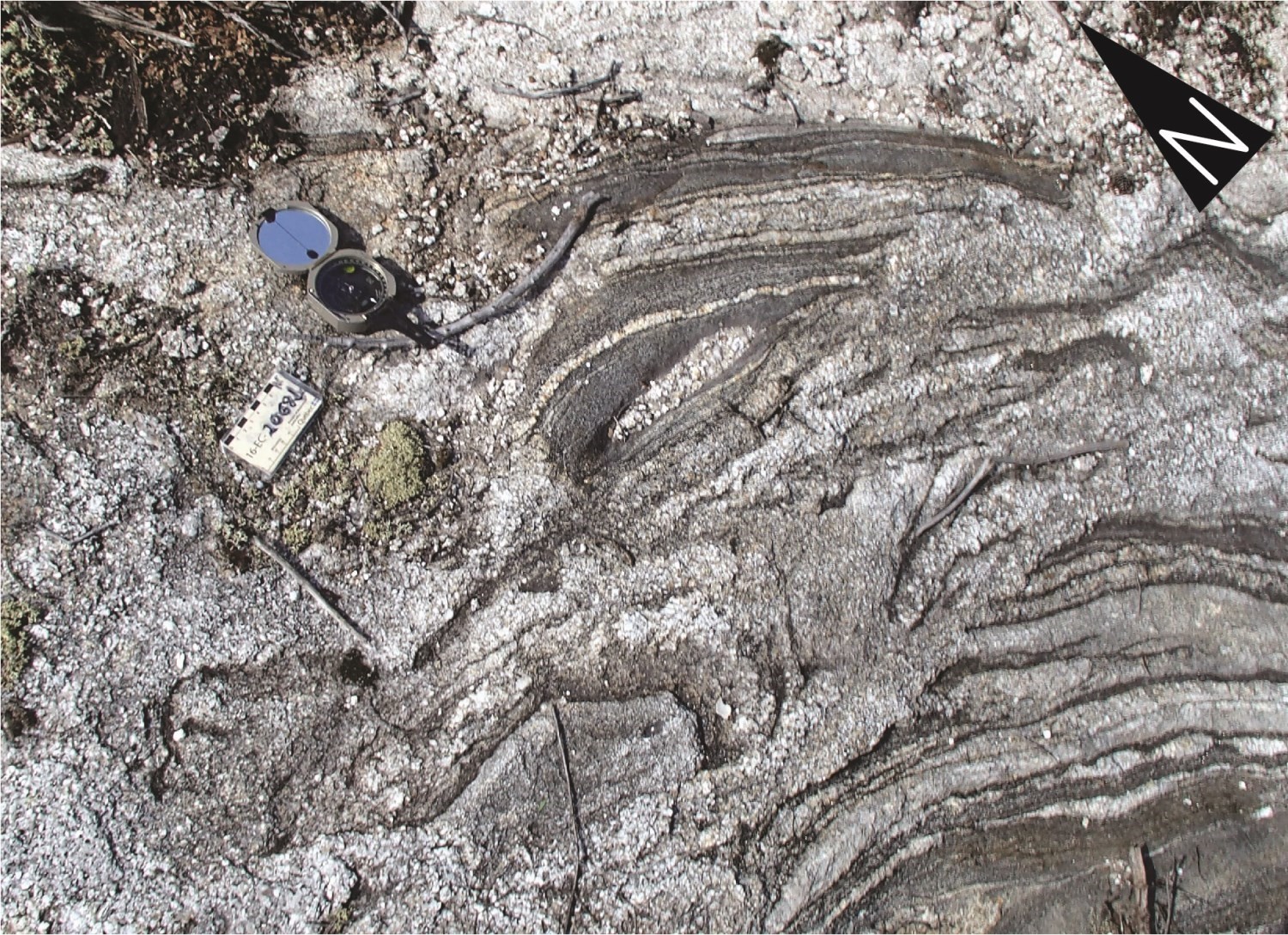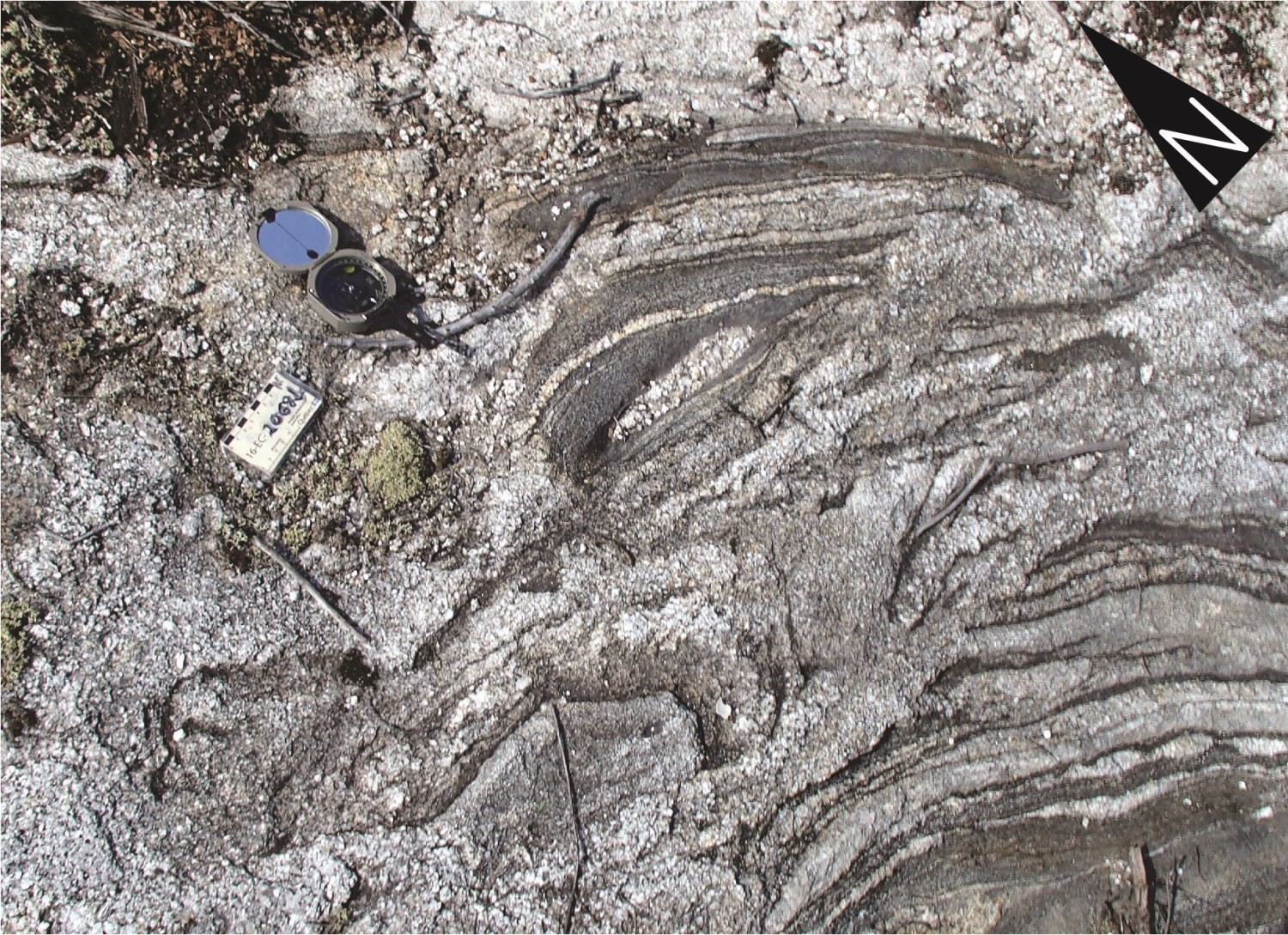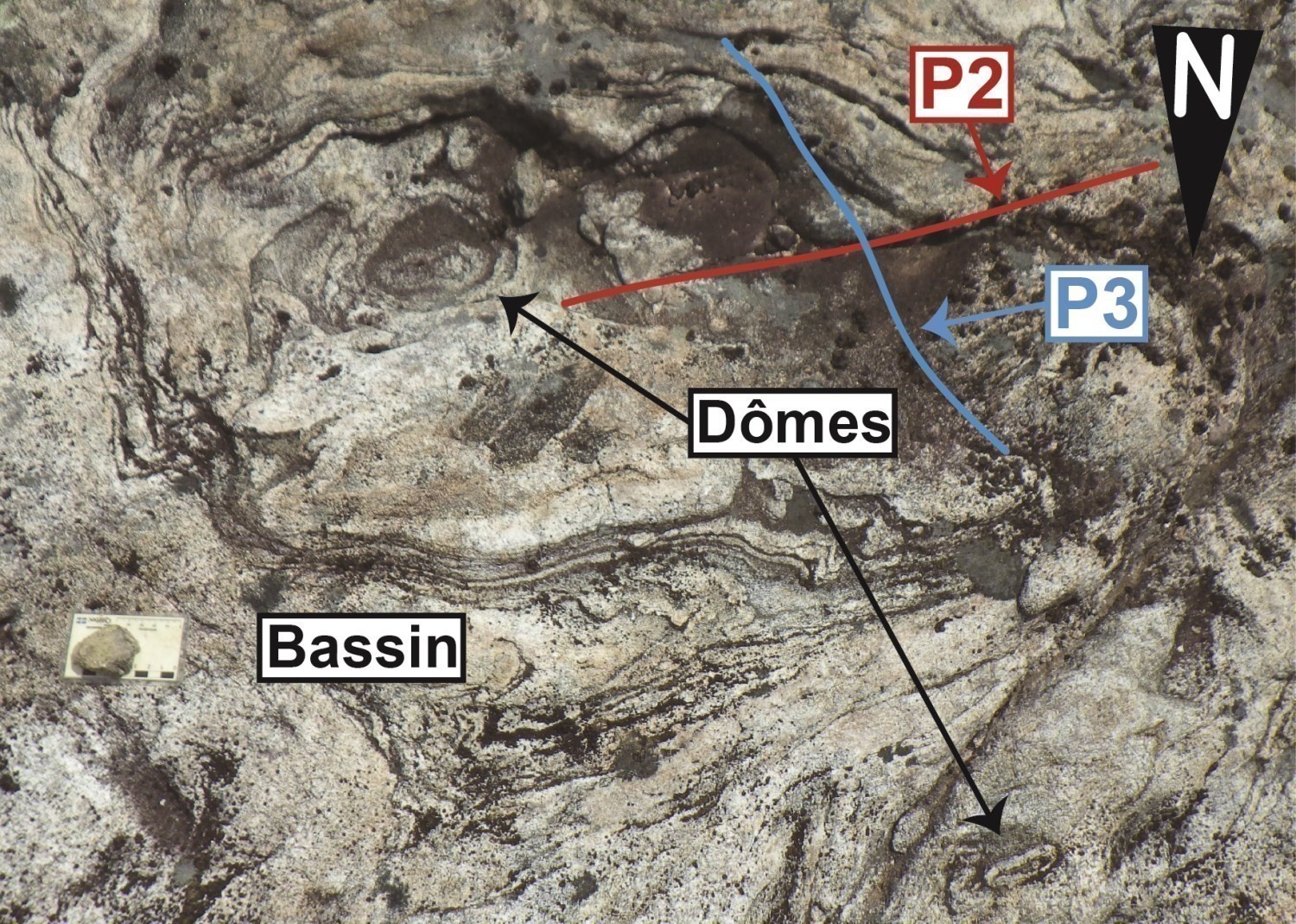
Last modified:
Translation of original French
| Author: | Leclerc and Caron-Côté, 2017 |
| Age: | Precambrian / Archean / Neoarchean |
| Reference section: | |
| Type area: | The Bétulaie Complex outcrops mainly north of the Amisquioumisca and Bétulaie lakes (NTS sheets 32K08 and 32K09). |
| Geological province: | Superior Province |
| Geological subdivision: | Opatica Subprovince |
| Lithology: | Metamorphic rocks |
| Unit type: | Lithodemic |
| Rank: | Complex |
| Status: | Formal |
| Use: | Active |
- None
-
Background
Recent exploration work (Gagnon, 2015) and geological mapping (Leclerc and Caron-Côté, 2017) have shown that the peripheral part of the Nipukatasi Massif corresponds to massive rocks (monzodiorite, quartz monzodiorite and granite), while the central part consists of migmatitic gneiss. These were attributed to the Bétulaie Complex because of their composition and their different genesis.
Description
Recent exploration work (Gagnon, 2015) and geological mapping (Leclerc and Caron-Côté, 2017) have shown that the peripheral part of the Nipukatasi Massif corresponds to massive rocks (monzodiorite, quartz monzodiorite and granite), while the central part consists of migmatitic gneiss. These were attributed to the Bétulaie Complex because of their composition and their different genesis.
Thickness and distribution
The Bétulaie Complex has an irregular and elongated shape along an ENE-WSW axis. The unit covers an area of 139 km2.
Dating
None.
Stratigraphic Relationship(s)
Migmatitic gneisses of the Bétulaie complex are intruded by massive intermediate and felsic rocks of the Nipukatasi Massif and Amisquioumisca Suite. Xenoliths of amphibolite and biotite paragneiss are possibly derived from the Rocher Complex. The unit is also cut by a diabase dyke assigned to the Esprit Lake Dyke Swarm.
Paleontology
Does not apply.
References
| Author(s) | Title | Year of Publication | Hyperlink (EXAMINE or Other) |
|---|---|---|---|
| GAGNON, J.-F. | Rapport d’exploration été 2015, Propriété Chablis (1388). Ministère des Ressources naturelles, Québec, 225 pages. | 2015 | GM 69368 |
| LECLERC, F. – CARON-CÔTÉ, E. | Levé géologique dans la Sous-province d’Opatica au nord-est de Matagami (Région du lac Amisquioumisca). Ministère de l’Énergie et des Ressources naturelles, Québec. | 2017 | Bulletin géologiQUE |




